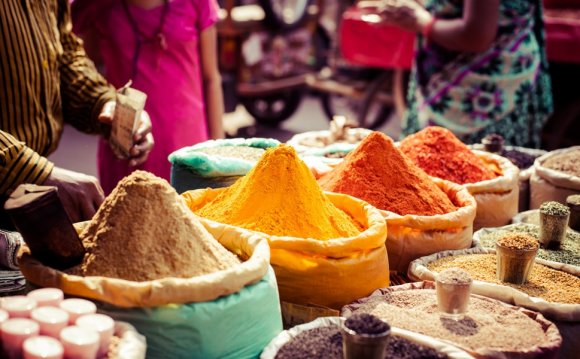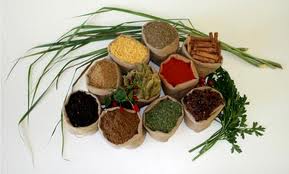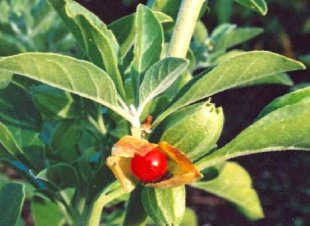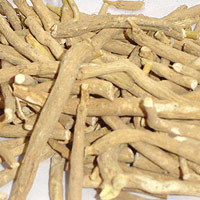
 With the growing popularity of Ayurveda, an increasing number of Americans are discovering the health benefits of the herbs that play essential roles in this millennia-old system of healing.
With the growing popularity of Ayurveda, an increasing number of Americans are discovering the health benefits of the herbs that play essential roles in this millennia-old system of healing.
It is impossible to even scratch the surface of this venerable medical tradition in a brief article like this, but it is within our reach to offer a respectful nod to the enormous pharmacopeia of Ayurvedic herbs, and to explore a few of the more well-known ones that are finding their way into American medicine cabinets.
As we in the Western world develop our own “science of longevity” based in the undeniable strengths of modern research methodology, it makes sense to take a serious scientific look at botanical medicines already known to be efficacious through thousands of years of practice. Ayurveda provides much wise counsel on, “how life works best” (Read Ayurveda in America: How India’s Ancient Health Sciences Can Heal American Medicine from our Spring 2011 edition.)
There’s an idea in Ayurveda that, “What heals, also prevents.” Herbs effective in treating specific conditions can also serve as a “food, ” providing targeted nourishment to specific physiological systems and processes. For example, Turmeric (Curcuma longa), popularized for its anti-inflammatory properties, can also be eaten as a culinary spice by people looking to proactively prevent disease and maintain good health. That’s not the case with allopathic pharmaceuticals!
For example, Turmeric (Curcuma longa), popularized for its anti-inflammatory properties, can also be eaten as a culinary spice by people looking to proactively prevent disease and maintain good health. That’s not the case with allopathic pharmaceuticals!
Another key Ayurvedic idea is that there is synergy in nature. This is important to keep in mind as we isolate and study the specific constituent compounds in herbs. While it is useful to understand the properties of individual plants, be aware that herbs typically have multiple rather than single effects. In Ayurveda, as in other systems of Asian medicine, herbs are seldom used in isolation. Rather, they’re combined in standardized but individualizable formulas designed to balance and harmonize the properties of the constituent herbs.
 Ayurvedic herbs are used for many reasons: to maintain overall health; to boost immunity; support mental clarity and focus; to calm the nerves; to improve digestion; to protect the body from toxins and support the detoxification process; and to support innate healing processes.
Ayurvedic herbs are used for many reasons: to maintain overall health; to boost immunity; support mental clarity and focus; to calm the nerves; to improve digestion; to protect the body from toxins and support the detoxification process; and to support innate healing processes.
The following six herbs have long histories of traditional use in Ayurveda, and they are increasingly popular with American consumers:
ASHWAGANDHA (Withania somnifera): The name of this shrub roughly translates as, “Strength of a horse.” It’s roots have been medicinally used for thousands of years. In classical Ayurveda, the described properties of Ashwagandha include: Medhya (promotes intellect and cognitive development), Balya (increases strength and recovery), Rasayana (rejuvenator or life-extending substance) and Nidrajanana (promoter of sleep).
Today, Ashwagandha is best known for it’s ability to promote energy and stamina without stimulating the heart. As a body-balancing herb, it also addresses insomnia.
Preliminary research suggests Ashwagandha may suppress stress-induced changes of dopamine receptors in the corpus striatum, which may play a role in the development of chronic anxious behaviors (Upton R, ed: Amer Herbal Pharmacopoeia 2000:1-25.).
RELATED VIDEO












